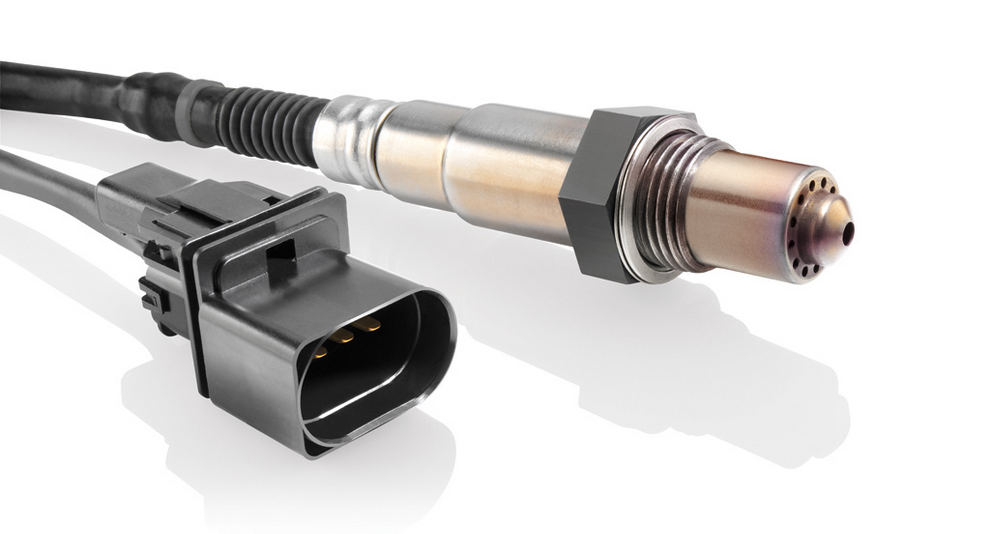How would a damaged O2 sensor affect fuel consumption?
03 Nov 2022
How would a damaged O2 sensor affect fuel consumption?
When it comes to fuel consumption, most car owners would always want to get the best fuel economy out of their vehicles. When fuel consumption increases, often times we tend to suspect that it’s either a spark plug failure, carbon deposit on the engine or insufficient tire pressure.
In fact, one of the main culprits leading to increased fuel consumption is due to a faulty or damaged Oxygen sensor (O2 sensor).
Why and how does a damaged O2 sensor affect fuel economy?
The O2 sensor is part of the fuel management system of a vehicle. It controls and monitors the oxygen content in exhaust gases whilst working alongside with the vehicle’s electronic control unit (ECU) to ensure fuel mixture concentration is balanced.

If oxygen content inside the exhaust gas is low (λ < 1), this shows that there’s too much fuel and less air, leading to the ECU to reduce fuel injection for smoother combustion. If the exhaust gas content is high (λ > 1), then there’s more air and less fuel which leads to the ECU tuning to inject more fuel.

Essentially, the data reported by a functioning O2 sensor to the ECU directly affects the fuel injection quantity to provide an efficient combustion cycle, which then affects the fuel economy of the vehicle.
A damaged O2 sensor, on the other hand, will not be able to detect nor read a balanced mix of fuel and oxygen, leading it to channel imprecise information required by the vehicle’s ECU.
How much fuel is consumed due to a damaged O2 sensor?
The chart below shows a comparative test data.

The vehicle conducted through this test is rated at 10 litres per 100km (10km/L) in fuel economy rating. Data shows that a worn or degraded oxygen sensor has contributed to an increase of 15% in fuel consumption. According to the calculations of driving a vehicle at mileage of 15,000 kilometres a year, it will require at least 3 full tanks of petrol, or 195 litres of additional fuel to drive that distance!
It’s important to know that a fully functioning O2 sensor will be able to offer 15% more fuel savings in the long run!

So, what causes oxygen sensors to fail over time?
Ageing in the form of wear and tear plus pollution are the main factors contributing to decrease in service life.
-
1. Poor Engine Combustion
Engines with poor combustion cycles are known to return subpar fuel economy. One of the contributing factors is poor engine combustions lead to the increase of harmful substances in the exhaust gas and affects the O2 sensor. Additionally, ageing of O2 sensors could also lead to imbalanced air-fuel combustion cycles, which increases fuel consumption as well as shortens the service life span on the spark plugs, coil packs, ignition system, injection valves and more.
- 2. Engine Oil
Engine or lubricant oils contain additional substances and additives such as phosphorus and zinc that could lead to a carbon buildup on the O2 sensor, “polluting” the sensor. Furthermore, if the engine is consuming more engine oil due to worn piston rings, this could decrease the service life of an oxygen sensor. However, engine oil manufacturers have begun taking important steps to reduce the zinc and phosphorus content to reverse such adverse effects to prolong the lifespan of a vehicle’s O2 sensor and catalytic converter to drive down exhaust emissions.
-
3. Antifreeze
Antifreeze or coolants may contain silicate to prevent rusting in the vehicle’s cooling system. If leakage occurs in the cooling system, the O2 sensor can be contaminated by the silicate, which then could lead the ECU to report a failure code or show a warning symbol in the metre cluster.
Bosch Says
It’s inevitable that an O2 sensor to degrade over time, and this is why Bosch recommends all vehicle owners to check their vehicle’s O2 sensors every 60,000km to ensure that it’s working optimally or if it requires replacement. Timely replacement of the O2 sensor will ensure good fuel economy and consumption.


 I'm a
I'm a  I'm a
I'm a  I'm a
I'm a  I'm a
I'm a 
